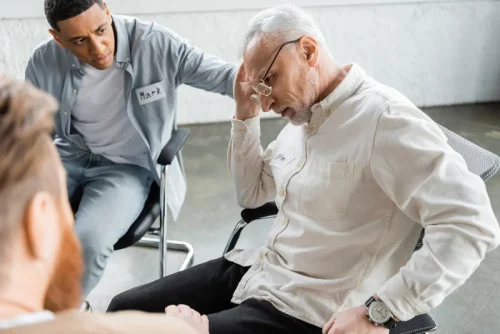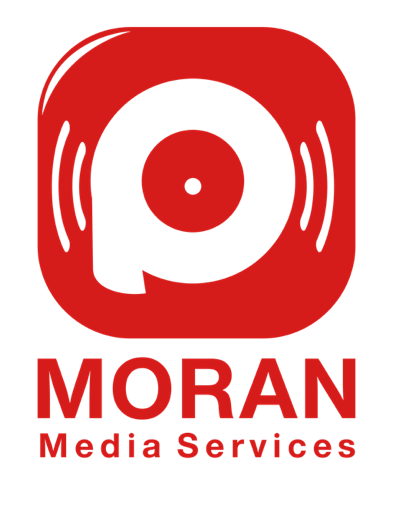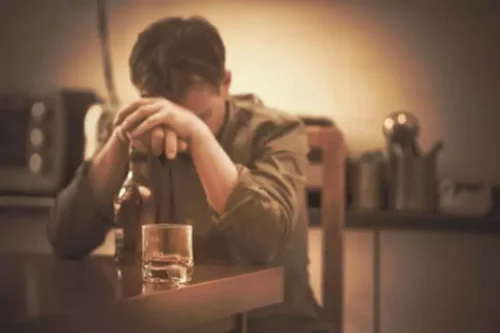Ways Alcohol Affects Your Heart
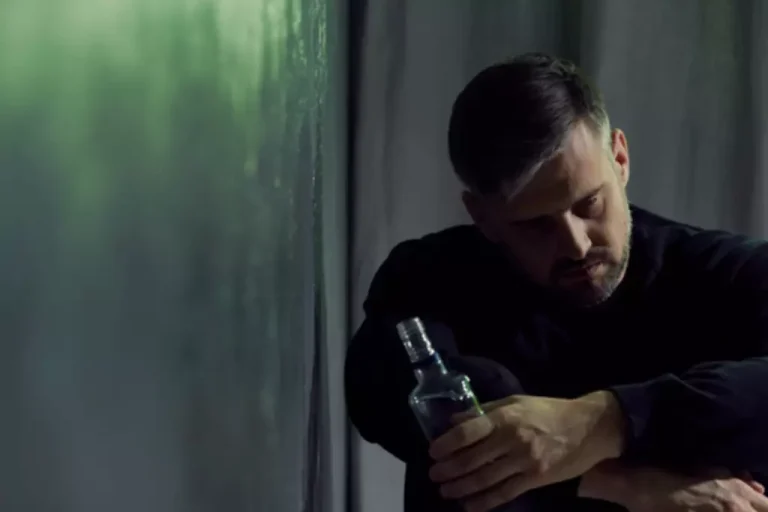
Repeated binge drinking can lead to long-term increases in blood pressure. One study found that three glasses of nonalcoholic red wine a day over a month led to a significant drop in blood pressure in men with heart disease risk factors. But men who drank red wine with alcohol, or 3 ounces of gin, had no change in their https://ecosoberhouse.com/ blood pressure. Researchers think that the alcohol in the wine weakens any antioxidant benefit to blood pressure. The evidence synthesised in this review was collected from 32 RCTs in 767 participants. Of the 32 studies, two studied low‐dose alcohol, 12 studied medium‐dose alcohol, and 19 studied high‐dose alcohol.
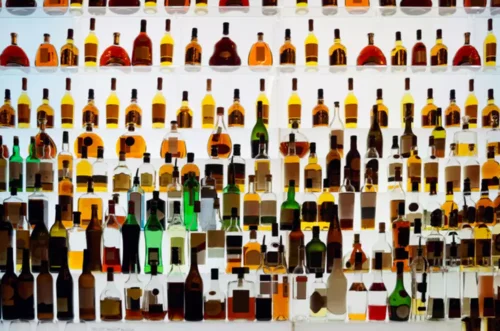
References to studies excluded from this review
We also calculated SD if 95% CI, P value, or t value was reported in the included studies, according to Chapter 7 of the Cochrane Handbook for Systematic Reviews of Interventions (Higgins 2011). If we were not able to get SD from the study authors or calculate SD from the values mentioned above, we imputed SD using the following hierarchy (listed from highest to lowest) (Musini 2014). We (ST and CT) assessed the risk of bias of included studies independently using the Cochrane risk of bias tool (version 1) according what does alcohol do to your blood pressure to Chapter 8 of the Cochrane Handbook for Systematic Reviews of Interventions for the following domains (Higgins 2011). Alcohol has been reported to diminish baroreceptor sensitivity, which is a key factor in regulating blood pressure (Abdel‐Rahman 1985; Rupp 1996). Baroreceptors or stretch receptors are mechanoreceptors located on the arch of the aorta and the carotid sinus. They can detect changes in blood pressure and can maintain blood pressure by controlling heart rate, contractility, and peripheral resistance.
Covault 2014 published data only

Drinking frequently or binging on a large amount of alcohol in a small period of time can lead to health problems. Dr. Sekkarie and her research team looked at a group of 2,600 kids between the ages of 8 and 19. They found that 8.7% of these kids had elevated blood pressure and 5.4% of them had what would be diagnosed as high blood pressure. Overall, these preliminary findings “show that 14% of kids and adolescents either have high blood pressure (BP) or are close to having high blood pressure,” explains Cherilyn Davis, MD, a pediatrician at Elliston Pediatrics. If your heart muscle is droopy and stretched, it cannot pump blood around your body very well.
- Researchers also found that people who drank heavily were 69% more likely to have stage 1 hypertension than people who do not drink and 2.4 times more likely to have stage 2 hypertension.
- But don’t expect any “all clears” for anything beyond light-moderate drinking.
- And that’s on top of the toll that alcohol use can take on relationships, not to mention the potential for financial strain and legal troubles.
- In general, experts suggest that people with high blood pressure shouldn’t exceed moderate alcohol consumption, which is one drink or less per day for women and two drinks or less per day for men.
A Note for Red Wine Lovers
Cortisol increases the release of catecholamines, which are chemicals in the body that help regulate many processes and help keep the body functioning as it should. The unit of measurement for blood pressure is millimeters of mercury (mm Hg). The type of alcohol doesn’t matter, but rather the frequency of your consumption, according to Sameer Amin, MD, a cardiologist and chief medical officer at L.A. It has also become clear over time that no amount of alcohol is considered safe for consumption, regardless of the type of alcohol. A drink is 12 ounces (355 milliliters) of beer, 5 ounces (148 milliliters) of wine or 1.5 ounces (44 milliliters) of 80-proof distilled spirits.
- All extracted data were entered and double‐checked in RevMan 5.3 software (Review Manager (RevMan)).
- When trials compared more than one dose of alcohol, we handled each comparison separately.
- Additionally, doses of over 240 mL were also able to reduce diastolic blood pressure.
- Some investigators have suggested that drinking wine may offer more protection against CV disease because it contains polyphenols, such as resveratrol and flavonoids, which are micronutrients with antioxidant activity (Tangney and Rasmussen 2013).
Even moderate alcohol intake could cause high blood pressure. Learn what you can do to reduce the risk
Agewall 2000 measured blood pressure upon participants’ arrival and did not measure blood pressure after the intervention. The aim of Bau 2011 was to determine the effects of alcohol on heart rate variability, so study authors did not measure and report DBP. For Buckman 2015, blood pressure was recorded beat to beat continuously, but DBP was not reported. Dumont 2010 measured blood pressure during the RCT, but study authors did not provide the before and after measurement of DBP. The aim of Fazio 2004 was to determine effects of alcohol on blood flow volume and velocity. Study authors mentioned that acute ethanol administration caused transitory increase in BP at 20 minutes.
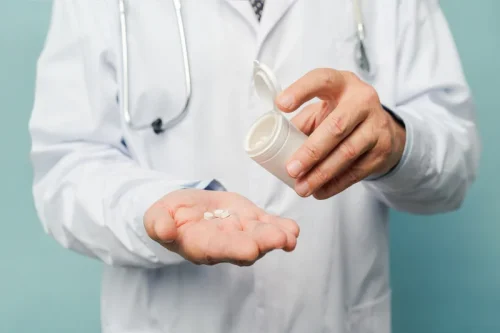
Banini 2006 published data only
Large RCTs including both hypertensive and normotensive participants with various ethnic backgrounds are required to understand the effects of alcohol on blood pressure and heart rate based on ethnicity and the presence of hypertension. More RCTs are needed to study the effects of low‐dose alcohol to better delineate the dose‐response effects of alcohol on BP and heart rate. RCTs with measurements more than 24 hours after alcohol consumption are needed to see how long the effect of high‐dose acute alcohol consumption lasts. Despite the progress in standardizing measurement of alcohol, studies still vary in how they define the different levels of drinking, such as low-risk or moderate and heavy drinking.
Effects of alcohol on your heart
Intermediate (7 to 12 hours) and late (after 13 hours) effects of the medium dose of alcohol on HR were based on only four trials and were not statistically different compared to placebo. We created a funnel plot using the mean difference (MD) from studies reporting effects of medium doses and high doses of alcohol on SBP, DBP, MAP, and HR against standard error (SE) of the MD to check for the existence of publication bias. Visual inspection of funnel plots shows that the effect estimate is equally distributed around the mean in Figure 4, Figure 5, Figure 6. In Figure 9, Figure 10, and Figure 11, we observed slight asymmetry in the funnel plot that was probably due to heterogeneity rather than to publication bias. We noted some overlap of data points in some funnel plots, indicating that some of the included studies were of similar size.

Mori 2016 published data only
